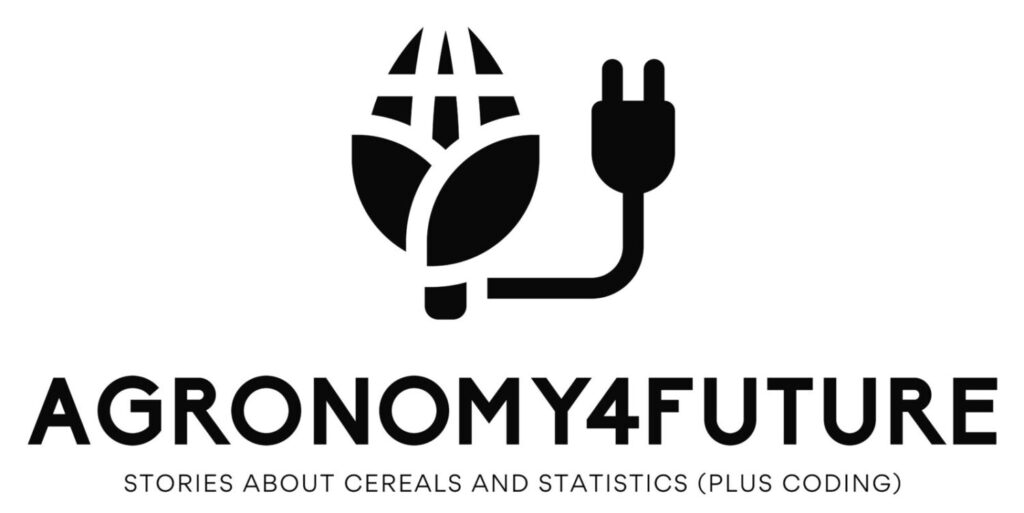PYTHON
■ Setup
- How to use Google Colab for Python (power tool to analyze data)?
- How to Specify a Folder Path in Google Colab: A Tutorial
■ Data upload
- How to Upload Data from GitHub Using R and Python?
- How to import Kaggle datasets directly into Google Colab?
■ Data frame
■ Data preprocessing
■ Data summarization
■ Graph
Line/Bar graph
Histogram graph
Normal distribution graph
GIS
■ Statistical Analysis
■ Modeling
